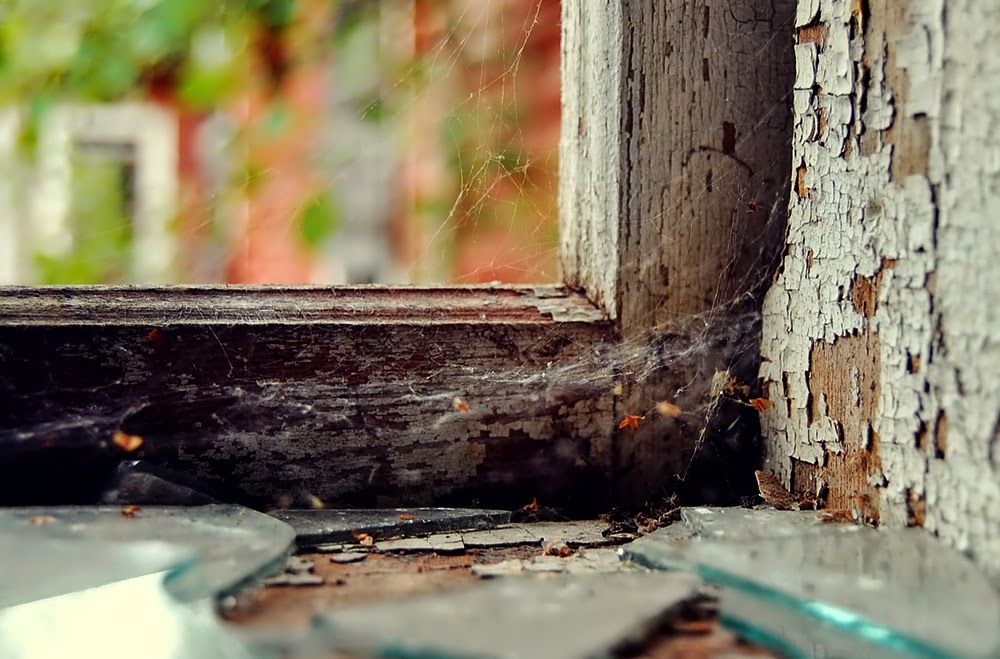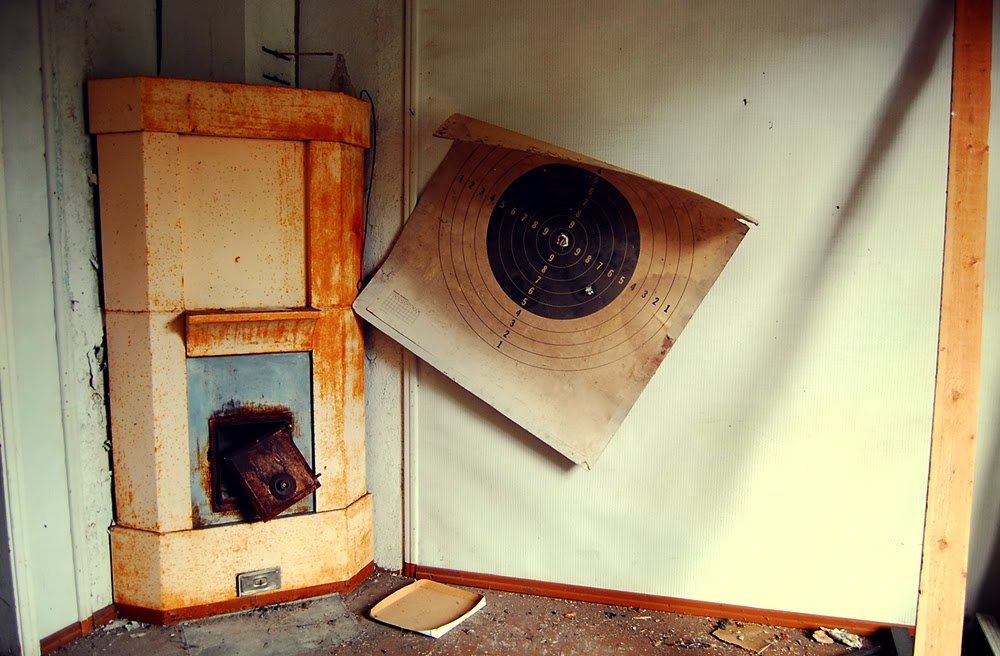Visited 2.9.2014 by jonahi & skkye. Here are some of my best shots from this island in the Gulf of Finland that is said to be the country's only ghost town. It definitely has a colorful history that can really be sensed when exploring the island. Buildings are scattered around the place and they vary greatly in their age and shape. There are blocks of flats, old wooden houses and pilots cabins, element buildings, a crushing plant, concentrator, engineering works shop, office, warehouses and military bunkers. In other words, it is a perfect ue-destination. The island is nowadays a part of a national park established in 1956 and it has a small port for summertime sailors and other visitors. There are also modern watchtowers and a lighthouse that are still being used. The lighthouse was blown up in the WW2 but was reconstructed afterwards.
On this island lies the biggest undersea occurrence of iron ore in Finland. When the country moved from being ruled by the Swedish crown to Russian tsar, the will not to be dependent of Swedish iron made people start iron ore mining in the island in the early 19th century. It was a public mine, and prisoners conducted of vagrancy were used as labor here. They even got paid a little, but the workdays were 12 hours long. The sturdiest also got vodka and tobacco as a reward, and everyone had their own plot to grow potatoes and also fishing permits. From the year 1846 after the Saimaa Canal was being built, all the prisoners were working there, and it was harder to get men to work´in the mine. The labor was changed into real criminals, and they were guarded by Russian soldiers. After the war of Krim vagrant prisoners were used again. In other prisons it was possible for them to get freed if they would find a job in the private sector, but here, within a long distance from anywhere, the prison sentences could be really long. That's why many of them even applied for a transfer to Siberia, where the prisoners thought that life would be easier. In the late 1850's better quality iron started to be more easily accessible, and the iron from this island lacked buyers. The mine was closed for nearly a century and the buildings were sold and transported away. From 1830's through 1860's there was a parish on the island, for the miners and for the residents of the archipelago. The priest held a mass once in a month.
In 1959 the decision about re-opening the mine was made. Finland needed a negotiating asset when discussing about the price of Swedish steel. There was approximately 200 men working in the mine this time. New apartments and other facilites such as stores were established for the miners, and an iron processing factory was being built. The miners did not come up from the mine for a lunch break, but ate down there, in the depth of 250 metres. There are also photos of the men smoking cigarettes in the mine. The air must have been heavy to breathe! However, the mine was again closed as unprofitable after only 8 years in 1967. After this, the military started having urban was stimulations on the island until the year 2005, when the island was opened for public. It cannot be left unnoticed, since all the walls are filled with bullet holes and military-related stuff and barbed wire is lying around everywhere.
We were actually filming an urban exploration documentary here. We got to be the filmstars and also gave an interview to the journalist making it. The documentary will be shown in Finnish television, and some material will also be in the internet. Stay tuned! It was a fascinating opportunity to visit this place, since the island is only accessible by your own or a taxi boat. Our guide had himself been working in the mine in the 50's, and he told us many interesting stories about the life back then. The mine itself has been lying a long time underwater so we were visiting only the buildings above the ground, if some bunkers and tunnels aren't taken into account. However, there are some open mine pits on the island, but we did not see them.
More thoughts in the next post!









































